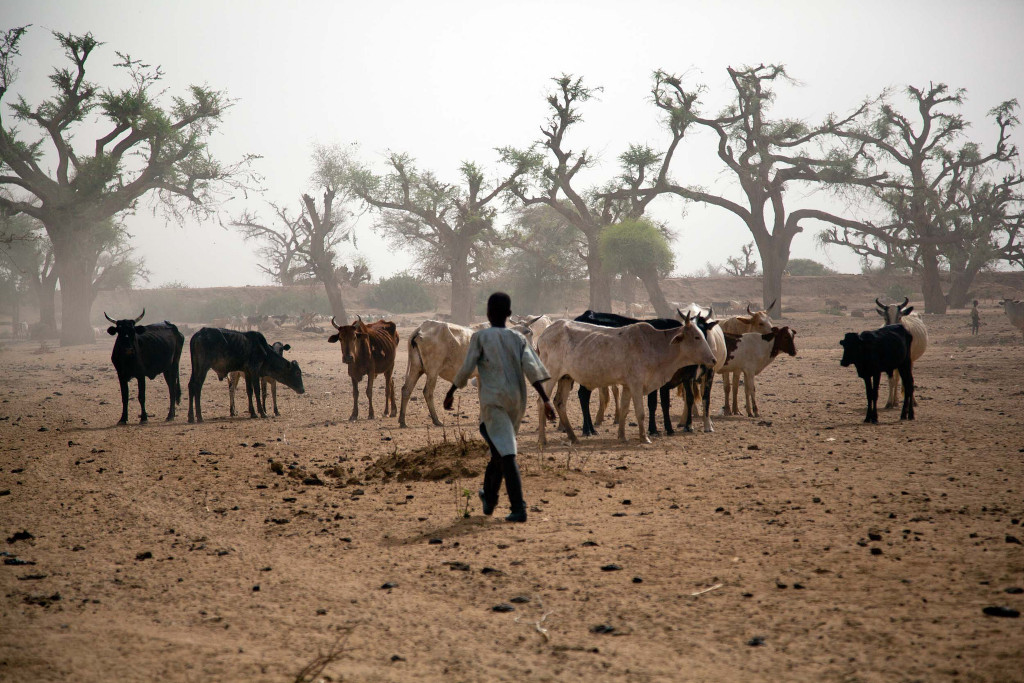Cross-post from PIM
There has been a growing interest in understanding the ways in which extreme weather events and resource scarcity may trigger conflict.
Vulnerability to both climatic and violent shocks varies across the globe and depends on various factors that usually make poor areas more likely to be affected. The Horn of Africa -the region in Sub-Saharan Africa (SSA) with the largest concentration of pastoralists- is extremely vulnerable. This part of the African continent has experienced high conflict levels and it is prone to climatic fluctuations that can have dramatic consequences on its rural population.

The study presented here sheds new light on the link between the occurrence of weather shocks and violence by looking at the case of Sudan and South Sudan. Using geographically-disaggregated data from 1997 to 2009, it finds that higher temperatures greatly affect the risk of conflict. The analysis also highlights possible channels of the climate-conflict nexus suggesting that competition over natural resources is one of the main drivers in a region where pastoralism constitutes the dominant livelihood.
In order to provide more concrete policy directions, the relationship between weather and violence needs to be better understood by embracing shorter time intervals and subnational regions and by narrowing down the number of competing hypotheses to explain the mechanisms of the relationship.
The paper summarised here covers these gaps through an analysis at the grid-cell level, where grid-cells are defined as squared regions of 50km x 50km. Using data for each cell of Sudan and for each quarter from 1997 until 2009, the study tests whether regions in which temperatures are exceptionally high (or low) relative to the historical norm within the region are more likely to experience violence (a so-called fixed effects framework). Weather data come from the University of East Anglia’s Climatic Research Unit Time Series dataset and data on violence come from the Armed Conflict Location and Event Dataset (ACLED) developed by PRIO.
Read the result from the study on the Research Program on Policies, Institutions and Markets (PIM) blog.
Download the study: Calderone, M., J.F. Maystadt, and L. You. 2013. Local Warming and Violent Conflict in North and South Sudan.
